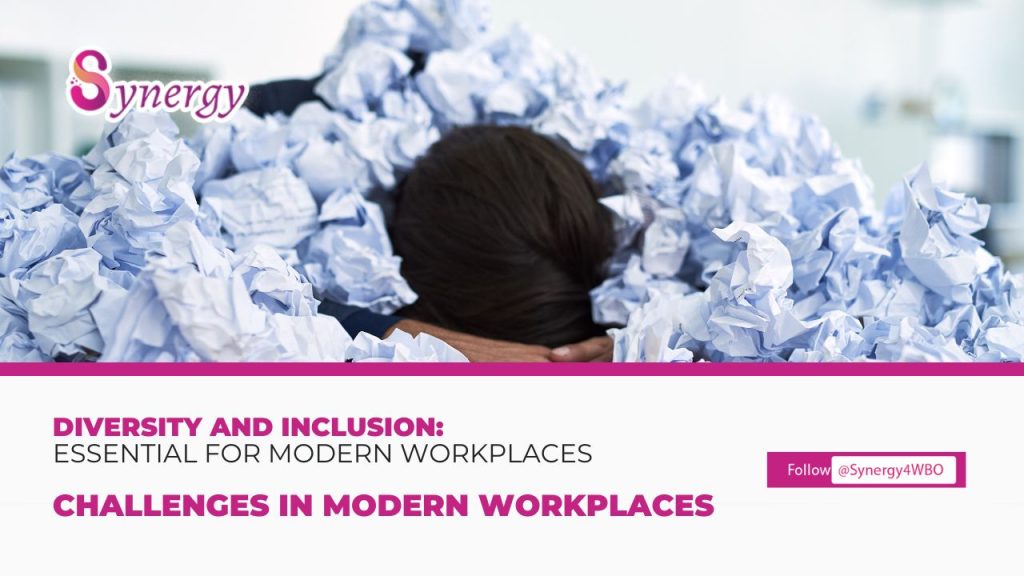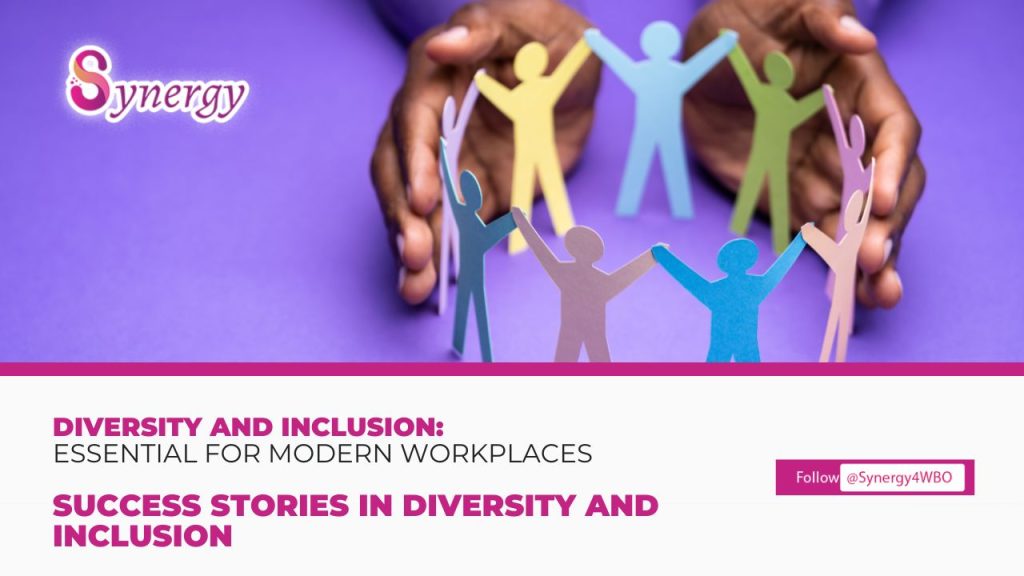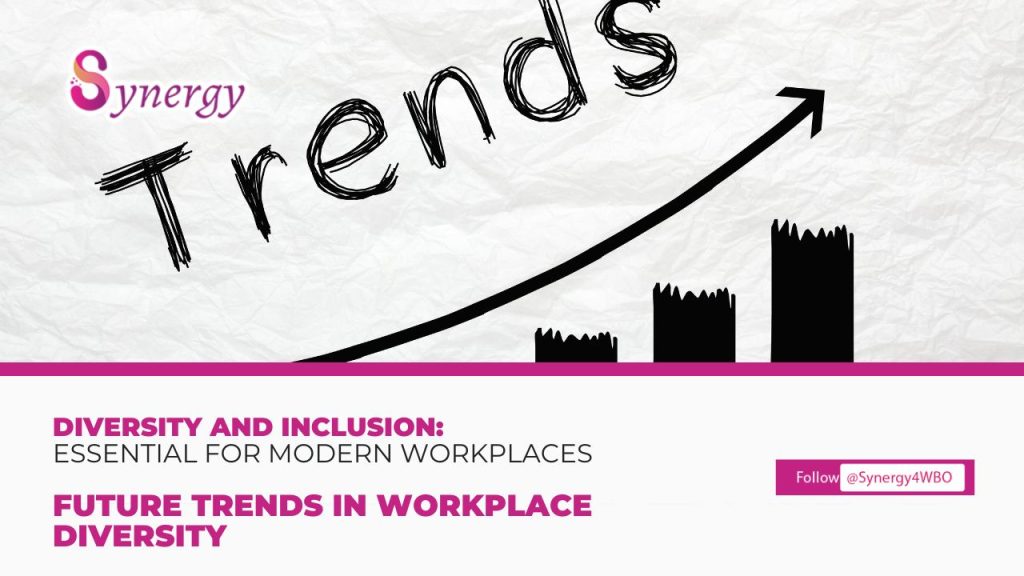Introduction
In today’s rapidly evolving corporate landscape, diversity and inclusion (D&I) are not just buzzwords, but imperative practices for companies seeking to innovate, remain competitive, and attract top talent. This blog post explores the challenges of implementing D&I in modern workplaces, highlights success stories from leading companies, and looks ahead to future trends in workplace diversity.

Overcoming Resistance to Change
One of the primary challenges in enhancing workplace diversity is the resistance to change found within some organizations. Changing long-standing practices and beliefs requires a concerted effort and often involves reshaping the company culture to embrace diversity and inclusion at all levels.
Recruitment and Retention of Diverse Talent
Finding and keeping diverse talent continues to be a challenge for many businesses. To address this, companies must refine their hiring practices and create an inclusive environment that encourages retention. Strategies might include outreach to diverse talent pools and offering programs that support career advancement for underrepresented groups.
Measuring Impact and Progress
Effectively measuring the impact of diversity initiatives is crucial yet challenging. Organizations must develop clear metrics and benchmarks for assessing progress and outcomes, not just in hiring but in retention, promotion rates, and overall employee satisfaction.

Tech Industry Innovators
Many tech companies have been at the forefront of D&I efforts. For instance, [Salesforce](https://www.salesforce.com/company/equality/) has made significant strides in creating an inclusive culture, which is reflected in their hiring practices, community involvement, and internal policies.
Financial Sector Achievements
In the financial sector, companies like [JPMorgan Chase & Co.](https://www.jpmorganchase.com/) have set high standards for diversity and inclusion, implementing ambitious programs aimed at increasing female representation in leadership roles and supporting minority-owned businesses.
Global Brands Making a Difference
Global companies such as [Nestlé](https://www.nestle.com/stories/cultural-diversity-integral-part-nestle-culture) have integrated diversity and inclusion into their corporate ethos, driving policy changes across global offices and ensuring that inclusivity is a part of their business model.

Increased Use of AI and Data Analytics
The future of workplace diversity includes the use of advanced technologies such as AI and data analytics to remove biases from hiring processes and to better understand the needs of diverse employee populations.
Focus on Inclusion as a Growth Strategy
More companies will see inclusion not just as a moral imperative but as a critical component of their growth strategy. This involves integrating D&I into every aspect of the business model, from product development to marketing and customer engagement.
Greater Accountability and Transparency
As stakeholders demand more accountability, companies will need to provide more transparent reporting on their D&I efforts. This could include regular updates on diversity metrics and third-party audits of company practices.
For more insights into the impact of diversity on business performance, consider exploring the [McKinsey & Company reports on diversity](https://www.mckinsey.com/business-functions/organization/our-insights/why-diversity-matters), which provide detailed analysis and case studies.
Conclusion
Diversity and inclusion are more than just ethical imperatives; they are foundational to building successful, resilient, and innovative businesses in the modern world. By understanding the challenges, celebrating the successes, and staying informed about future trends, organizations can better navigate the path to a truly inclusive workplace. As we move forward, the integration of comprehensive D&I strategies will undoubtedly play a pivotal role in shaping the dynamic and inclusive workplaces of tomorrow.

